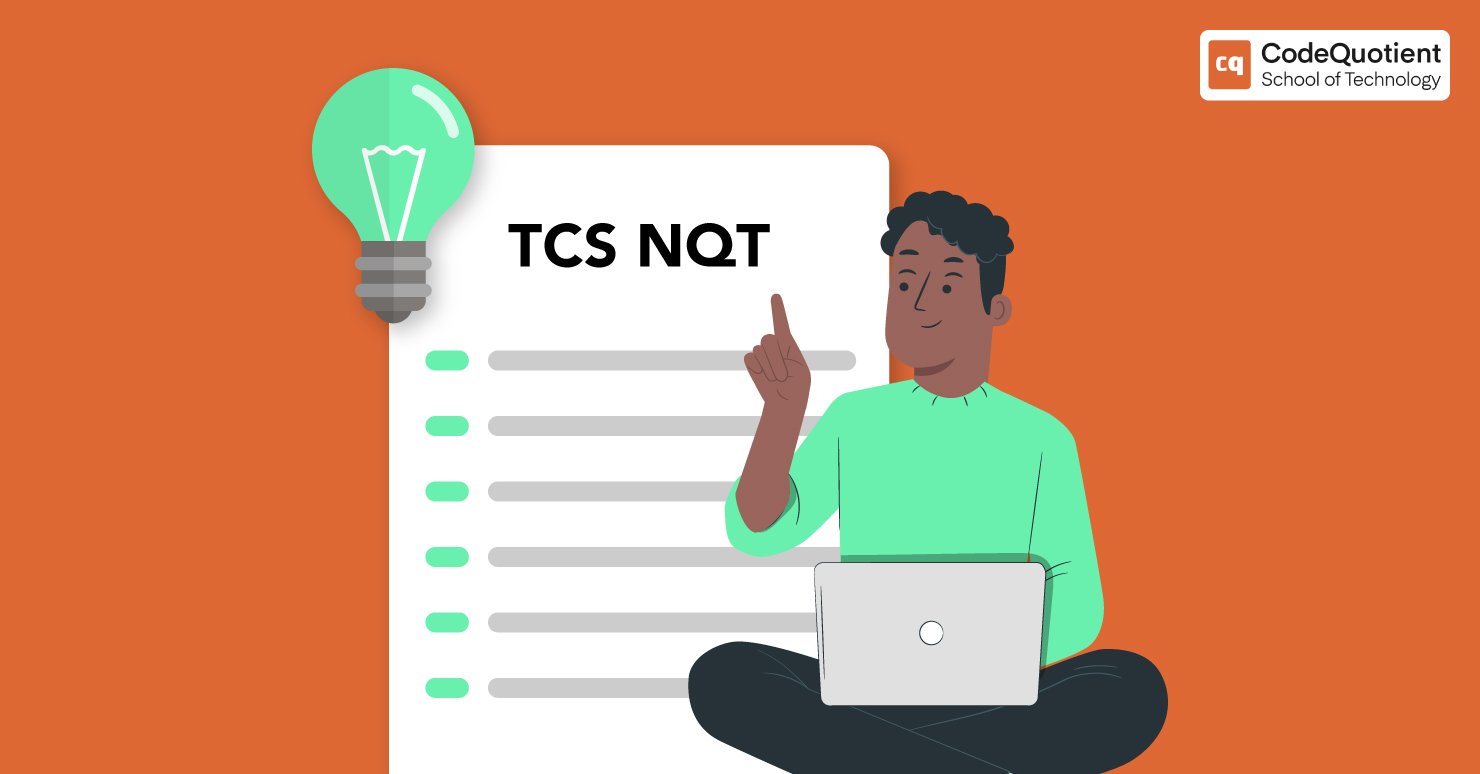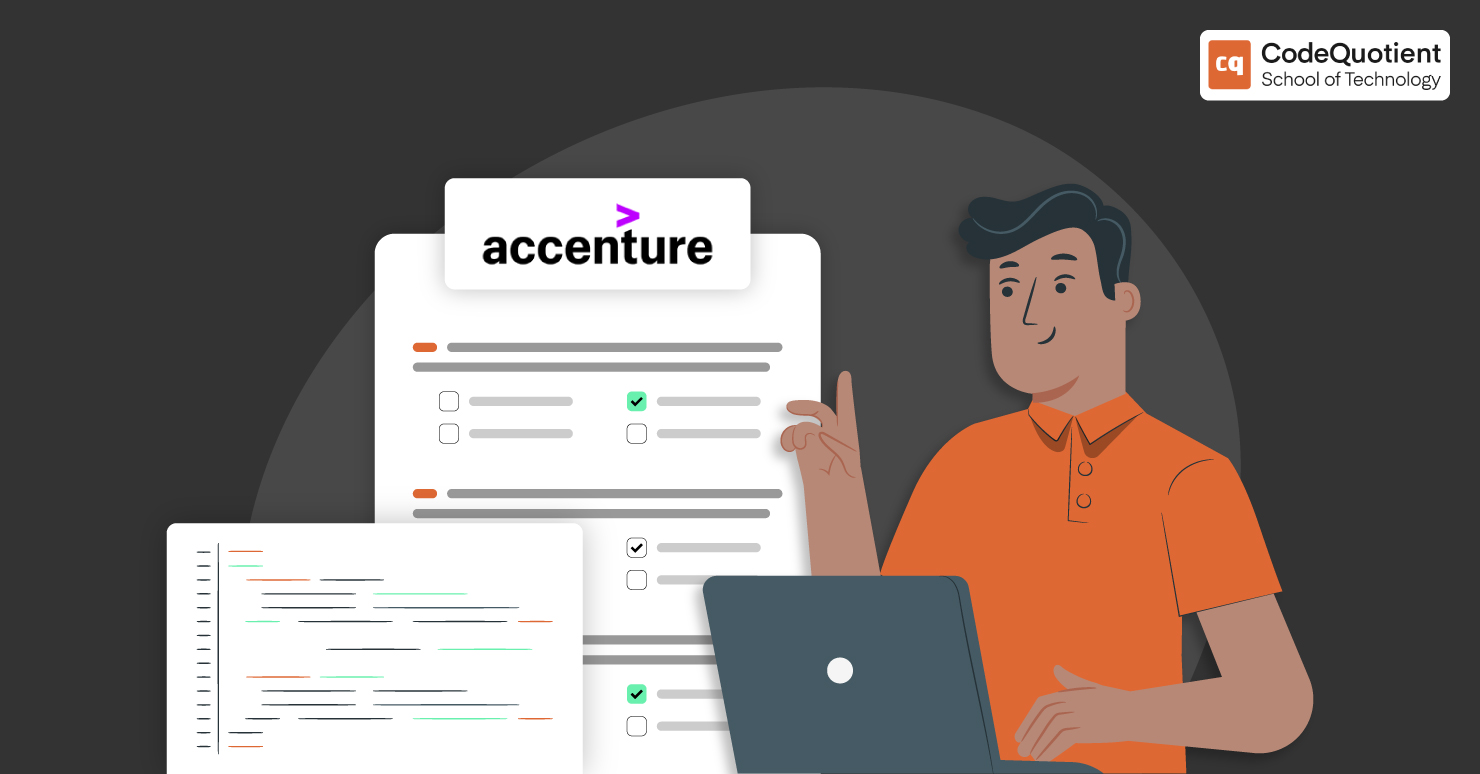Whether you’re already on the route to starting your career in tech or are just curious about what this job entails, there’s a good possibility that a tech career offers the flexibility and pay you’re seeking. Web development is one of the best ways to get into tech, which raises the following important question:
But, when you don’t have any prior expertise, how do you become a web developer?
Becoming a developer may seem complicated, but if you’re passionate and willing to put in the effort to acquire the necessary skills, you’ll thrive.
Website Development Course For Beginners: Steps in Web Development

Step 1: Gather Information
Gathering all the necessary data is the first step in starting a web development project. In a sense, this establishes the framework for the remaining steps.
To effectively accomplish this, you must first learn about the client’s business and take their input/opinions. The client can also help you understand their products, rivals, and the industry you are targeting.
You can use this information—such as product components, competition features, and market demand to begin planning your development strategy.
Also Read: Website Development Crash Course: Basic Types of Web Development
Step 2: Make a Plan
Project planning comes next after you clearly understand what needs to be developed. The tasks and resource allocation must be managed before the first line of code is produced, which is extremely important.
This phase consists primarily of:
- Wireframing – creating a visual representation of the website’s user interface.
- Laying out the site architecture – planning a hierarchical structure of your website pages in an intuitive way to help users navigate easily. In other words, creating a site map.
- Choosing the technical stack – figuring out what programming codes, components, and hardware modules need to be used to develop the website.
- Bifurcation of milestones – a process of dividing the important tasks of building the website and setting a timeline to finish those tasks.
- Estimating resources and costs – to reflect how you’ll use your resources efficiently within budget.
Wireframing and designing site architecture must come first in the core planning process. Without a blueprint, you wouldn’t build a house, right? Therefore, you shouldn’t start designing or implementing web apps without a wireframe and sitemap.
Step 3: Programming
The next stage in the web development process is to write code.
You’ll need a strong knowledge of different coding languages for the front-end and back-end of websites and the site’s various capabilities (such as design, interactivity, etc.). Several coding languages work together to create and maintain a website. Writing codes using fundamental languages such as HTML, CSS, and Java following web standards is what front-end development entails.
The home page is often developed first, followed by the other pages. Back-end development is also finished by setting up the content management systems, databases, and frameworks. Finally, the original website is operational by completing all the finalised processes in the planning and design phase.
And If you wish to master the art of programming but are not sure where to begin – Checkout CodeQuotient.
Step 4: Design
Design is always the initial step in the development process since programming and content creation cannot be done accurately without it.
You should construct wireframes for the website before beginning the design phase. The design team should conduct independent research while working on the wireframe phase. They should look at what your top competitors are doing and determine what works. Then, on pages with other elements that have been decided upon, they will add these elements.
After creating wireframes, sitemap and coding, It’s time to start working on the website design. UI designers may step in at this point, working with the client’s approval and the discussing requirements of the project. In this stage, the wireframes are turned into typography, colourful graphics, animations, intuitive buttons, and menus.
A branding strategy that is relevant to the goal of the website is required. The colour combination selected for a website influences the user experience. Color can evoke a variety of emotions, therefore using it creatively in a design can leave a great impact on users.
Also Read: From Learner to Software Engineer: This Is Baljeet’s Inspirational Journey
Step 5: Testing
The testing procedure can begin once the content and the interface is ready. But, first, you must test each page to ensure all links are functional and the website is shown appropriately across browsers and devices (desktop, mobile, tablet, etc.).
Even the meta tags, meta description, and alt text can affect how well a webpage performs in different search engines. Later, once the website has some traffic, you may use A/B testing strategies to identify the right combination.
Step 6: Launch the Website
This concludes the process of developing a website. Once you run the code and check all its functions, you can launch the website. You will need to purchase hosting and a unique domain name. Once that’s done, you will have to set up your website and it will be available for users to view. Before that you must perform the following tasks:
- Moving of data
- Opening of the server
- Code merging
- Changing the domain name
Also Read: Top 6 High Paying Jobs That Require Advanced SQL Knowledge
Final thoughts
Web development is a meticulous process that necessitates adhering to specific stages to get satisfactory outcomes. It’s important to remember that web development involves more than just coding. Every stage of the web development process, broken down into smaller parts, is essential to a project’s success.
If you want to master web development skills according to current industry standards, check out Codequotient’s SuperCoders Program. All these steps are covered in the course, guaranteeing that you can use what you’ve learned after it’s all said and done. Not only that, but we also ensure you get hired by a reputed organisation after completing the course.




